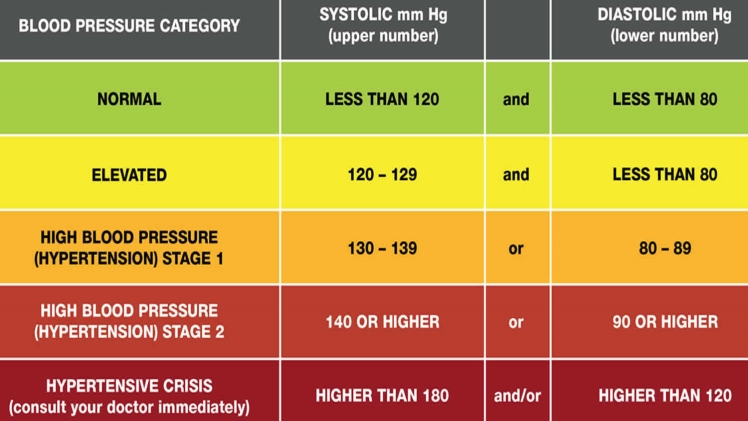A patient’s blood pressure is an indicator of the condition’s severity. It is often considered an emergency, and doctors often refer them to the intensive care unit for continued cardiac monitoring, frequent assessment of neurologic status doithuong, and frequent urine output. Antihypertensive medications and intravenous fluids are administered to treat hypertension. Malignant hypertension is associated with altered blood pressure autoregulation. When blood pressure is reduced too quickly, organs are not adequately perfused, which can lead to a dangerous situation called “reference range hypoperfusion”.
Among the various drugs used to treat hypertension, thiazide-type diuretics are the first line of therapy for patients with stage 1 hypertension. Other medications include ACEIs (angiotensin-converting enzyme inhibitors), calcium channel blockers, beta-blockers, and diuretics. Each of these drugs is effective for lowering blood pressure, but there is a considerable range of interpatient variability.
Treatment of malignant hypertension requires an inter-professional team approach. The physician should seek medical advice from a cardiologist, nephrologist, neurologist, and internist. Because the condition can have devastating effects on target organs, it is important to monitor blood pressure and enforce medication compliance. While patients with asymptomatic hypertension should not be hospitalized, those with symptoms should be closely monitored. Specialists can diagnose end-organ damage and provide the appropriate medications.

